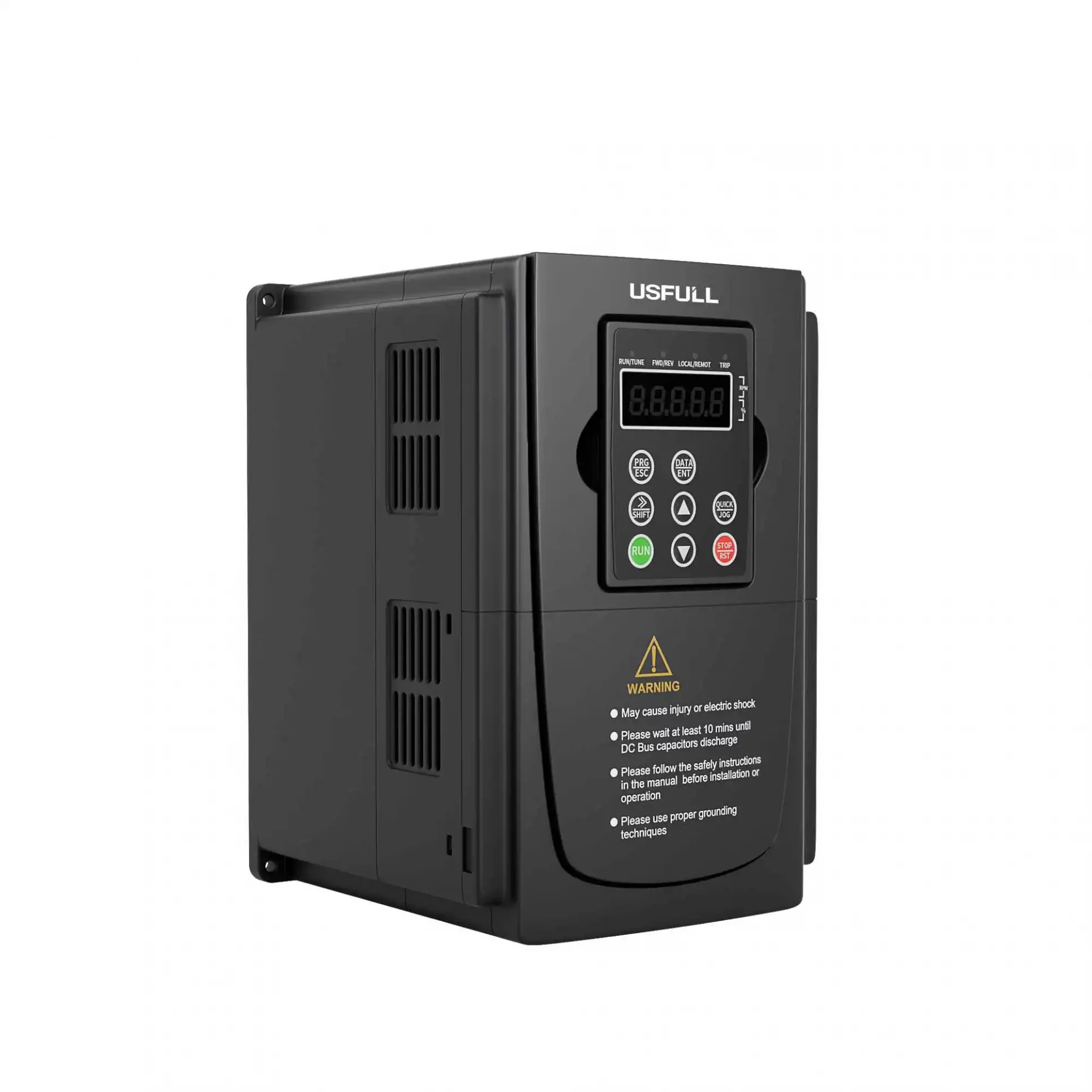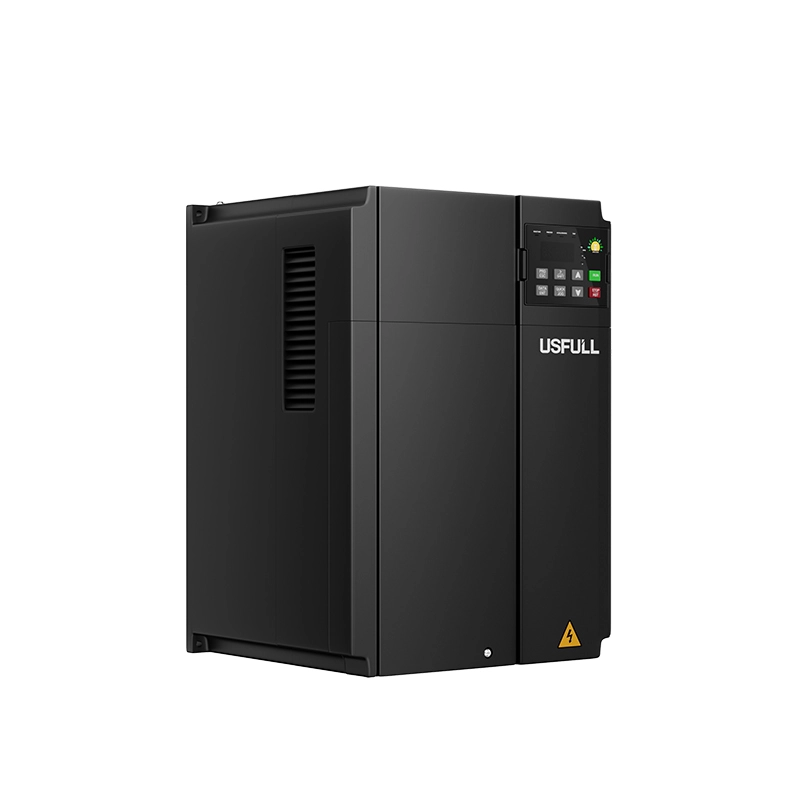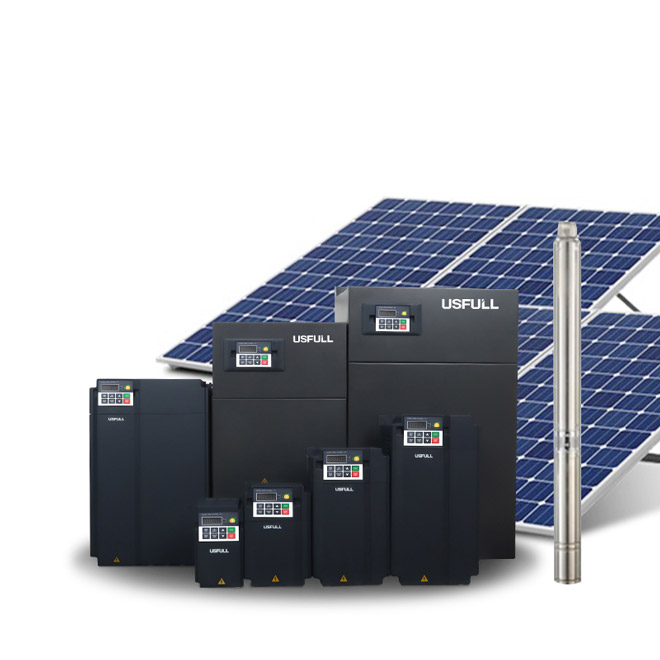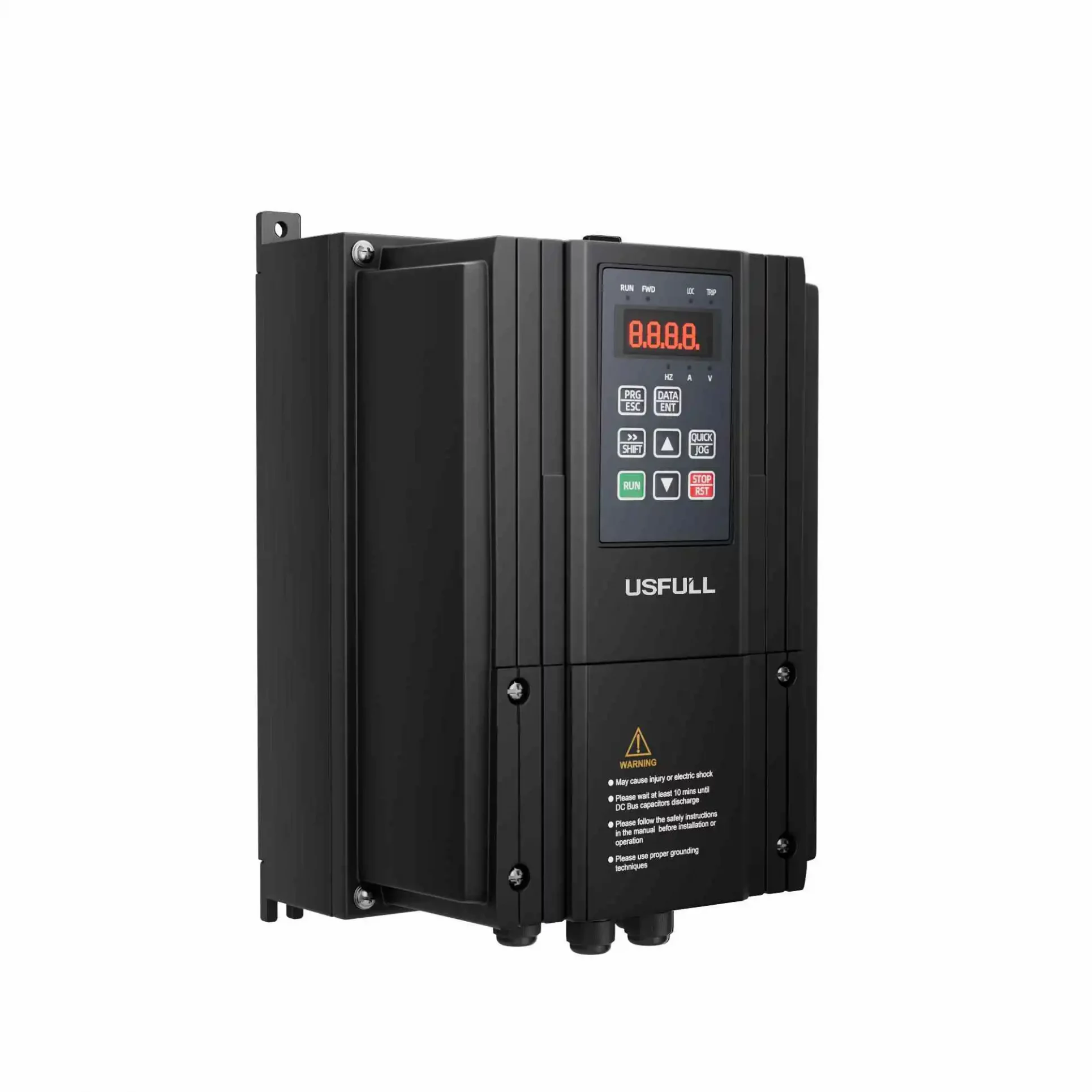When it comes to powering a water pump with solar energy, one of the key components is the solar pump inverter. The power produced by solar panels is converted by this device from direct current (DC) to alternating current (AC), which can be deployed to power electric pumps. To ensure the effective and dependable operation of your pump system, selecting the perfect solar pump inverter is essential.
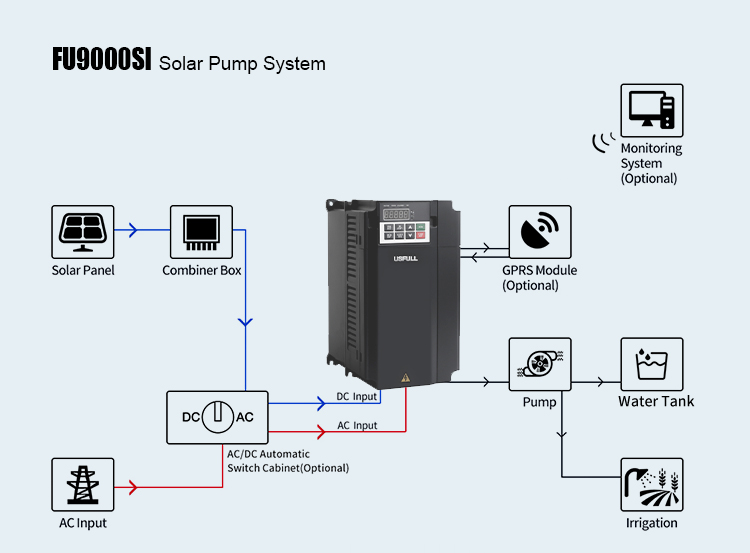
There are several options to choose from when it comes to solar pump inverters, including single phase and three phase inverters, as well as grid-tied and off-grid inverters. Single phase inverters are suitable for small pump systems, while three phase inverters are suitable for larger pump systems. Grid-tied inverters are connected to the grid and can sell excess power back to the utility, while off-grid inverters are not connected to the grid and are suitable for remote locations.
Apart from that, there are many other factors that you need to consider before buying a solar pump inverter. Let’s discuss those factors in detail.
Check the Power Size of the Pump
One of the most important factors to consider when choosing a solar pump inverter is the size of the pump. If the pump power is larger than the inverter, the inverter will not be able to run the pump, resulting in an overcurrent or overload. On the other hand, if the pump power is smaller than the inverter, it will not be able to utilize the full capacity of the inverter, leading to an inefficient use of resources. It is essential to choose a solar pump inverter that can handle the power requirements of your pump.
The solar pump inverter rated power shall be one power size higher than inverter, or at least same as the pump.
Check the Voltage of the Pump
Another important factor to consider is the voltage of the pump. The voltage of the solar pump inverter should match the voltage of the pump to avoid any damage to the pump. If the voltage is not compatible, it can lead to problems such as voltage drop, which can damage the pump. It is important to check the voltage and rated current of your pump and choose a solar pump inverter that is compatible.
220V solar pump inverter is suitable for 220V-240V ac pump system, and 380V solar pump inverter is suitable for 380V-480V pump.
USFULL solar pump inverter 220V SS2 series can be used both on single phase 220V solar pump system and three phase 220V pump system.
Check the Rated Current of the Pump
The rated current of the silar pump inverter shall be higher or at least equal to the pump.
Suggestions of Purchasing a New Pump for Solar Pump System
Before choosing a solar pump inverter, it is essential to assess your pump requirements. If you need a new pump, there are several factors to consider in order to choose a suitable pump for your system. These include the head (borehole depth), flow rate, and other technical specifications.
Land pump or submersible pump
Solar pump inverter can be used both on land pump and submersible pump. If the head (borehole depth) is over 50 meters for submersible pump, an extra AC output reactor will be an ideal choice to support pump get better performance.
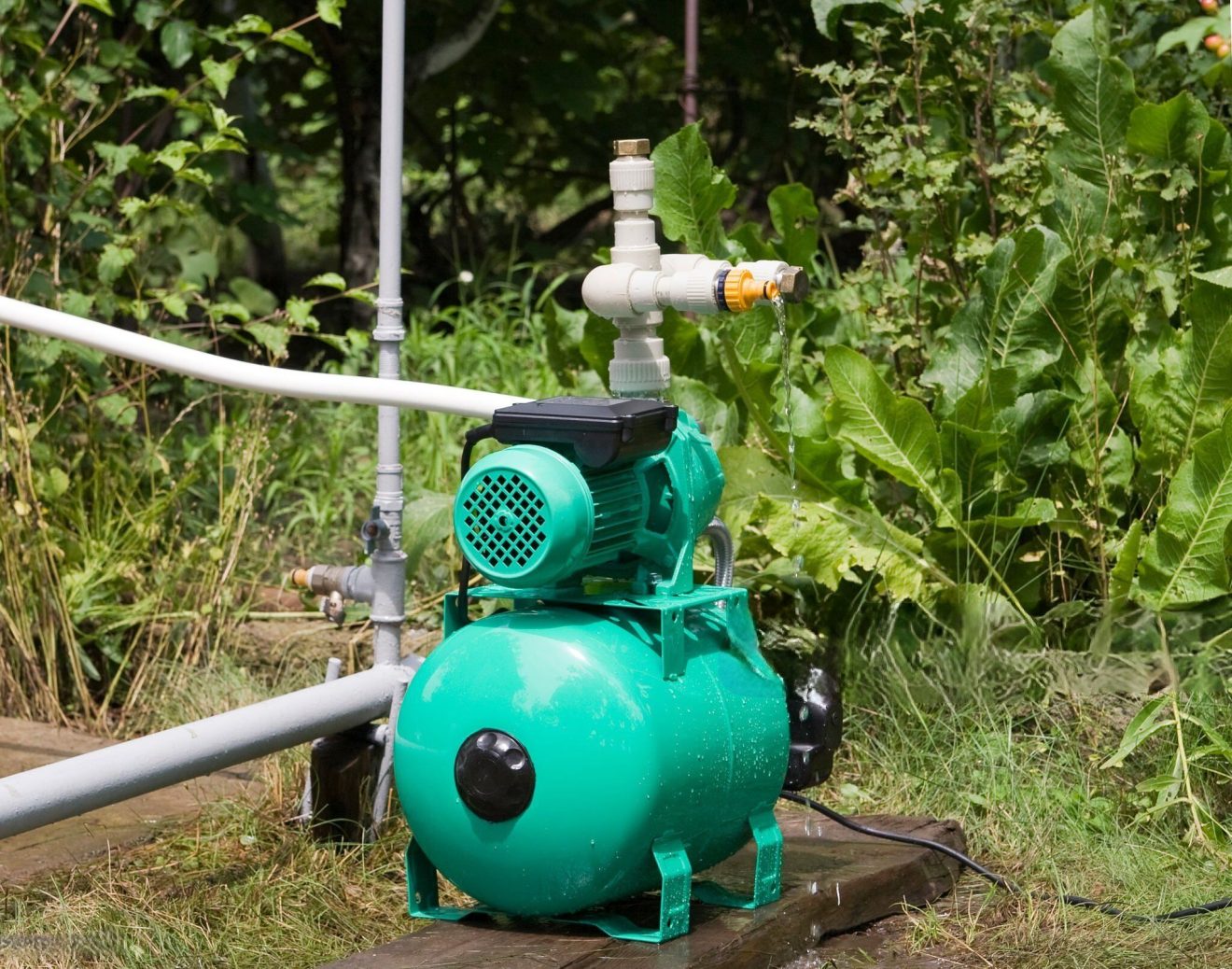
Single phase or three phase solar pump system
If the pump power is over 1.5 KW, it is recommended to use a pump with a voltage of 380V to 480V. 3 phase pump requires lower current, which means lower current requirement of solar pump inverter, and less input current needed from the solar panels.
It is also essential to consider the head and flow rate of the pump to ensure it meets your needs.
Conclusion
The USFULL solar pump inverter makes it easy to turn your solar panels into a working and sustainable water pump. It will run on polycrystalline and monocrystalline solar panels, which means it’s more efficient. Put it at the top of your list!

